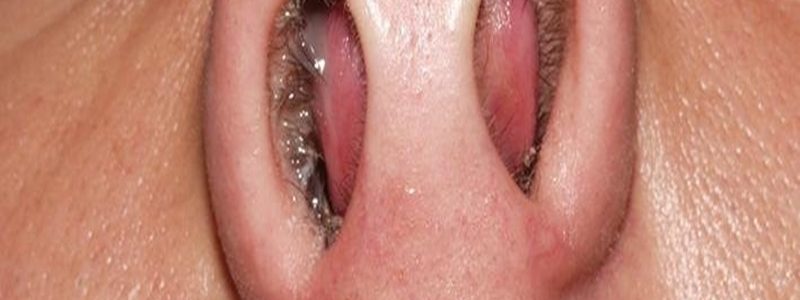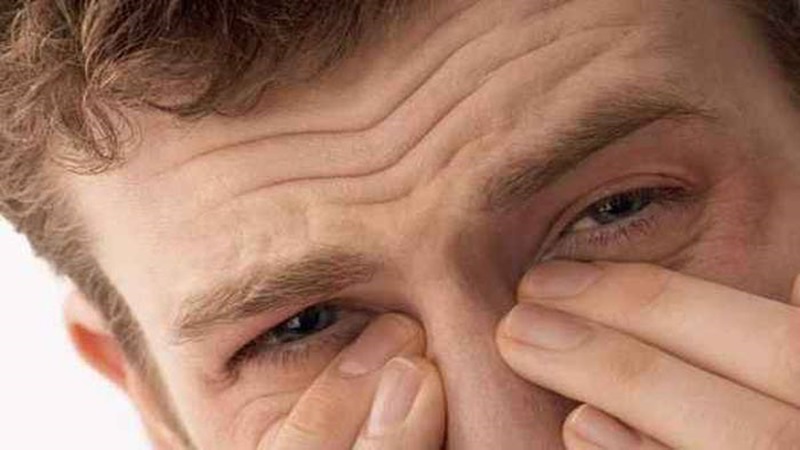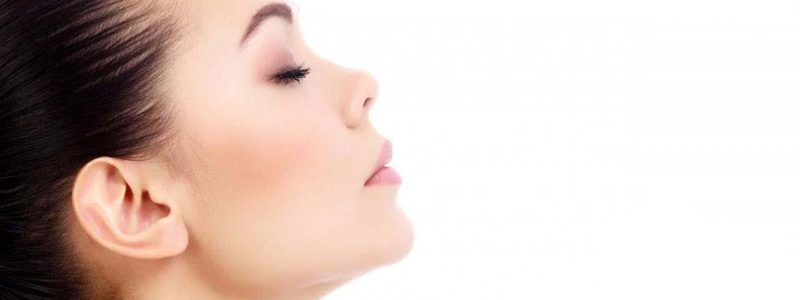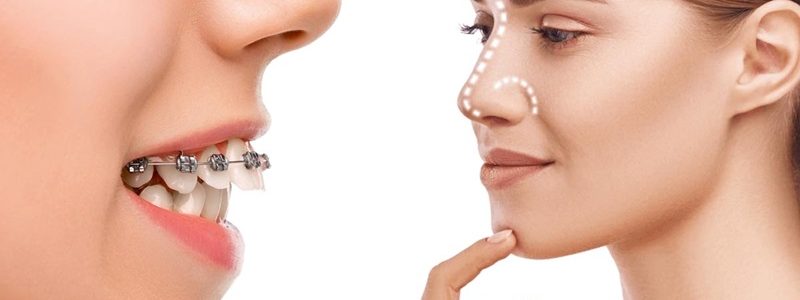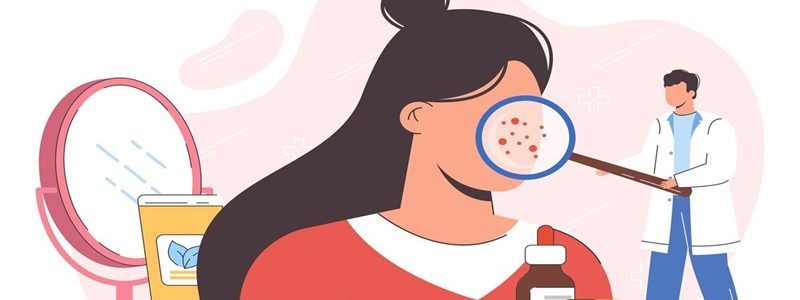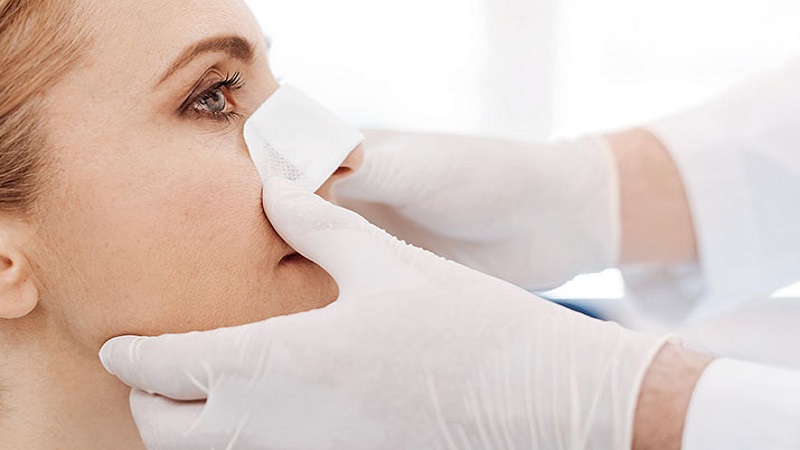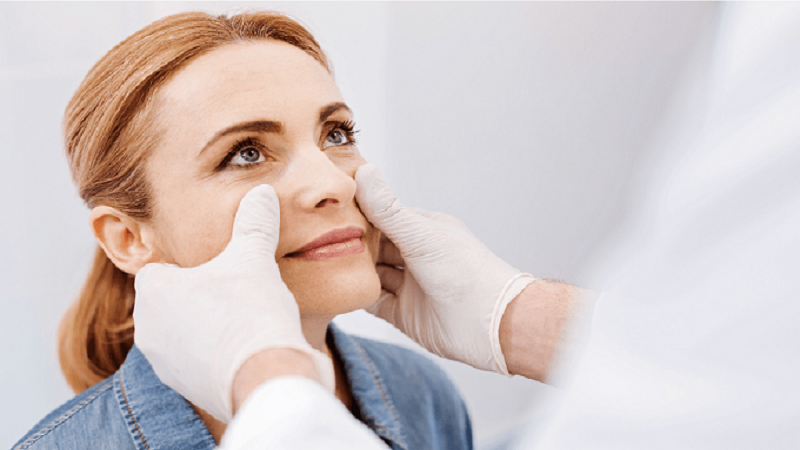Feeling dry and stuffy nose after surgery
Empty nose syndrome (ENS) It is a chronic condition characterized by a feeling of dryness and stuffiness of the nose, even when the nose is physically open. This complication is usually after nose surgery (رینوپلاستی) It occurs, but it can also be caused by other reasons. In this article from the site of Dr. Behnam Khorrami (Isfahan nose surgeon _ Jaw surgeon of Isfahan)Let's examine the empty nose syndrome.
reasons
The exact cause of ENS is unknown, but it is believed to be related to changes in the function of the nasal mucous membranes. Nasal mucous membranes are responsible for producing mucus that moisturizes and protects the nose. After rhinoplasty, the mucous membranes may be affected and lead to dryness and stuffy nose.
Other possible causes of ENS include::
- Excessive use of anti-congestion nasal sprays
- Autoimmune disorders
- Hormonal changes
- Exposure to chemicals or pollutants
Symptoms of ENS may include::
- dryness and Nasal congestion
- Burning or itching sensation in the nose
- Flaking or bleeding from the nose
- Difficulty breathing through the nose
- Headache or facial pain
- Fatigue or sleep problems
diagnosis
Diagnosis of ENS is based on medical history, physical examination, and diagnostic tests. Diagnostic tests may include::
- Nasal Endoscopy: A thin, flexible tube with a camera at the end is used to view inside the nose.
- Renomanometry: A test that measures airflow through the nose.
- Nasal function test: A test that evaluates the function of nasal mucous membranes.
The treatment of
ENS treatment is based on the severity of the symptoms. Treatments may include::
- Saline nasal sprays: Saline nasal sprays can help moisten the nose and reduce dryness.
- Corticosteroid nasal sprays: Corticosteroid nasal sprays can help reduce inflammation and swelling in the nose.
- Oily nose drops: Oily nasal drops can help moisturize the nose and reduce dryness.
- Tricyclic antidepressants: Tricyclic antidepressants can help improve the function of nasal mucous membranes.
- Surgery: In severe cases, surgery may be required to restore normal nasal function.
prevention
Prevention of ENS is not always possible, but several measures can help reduce the risk of developing it, including::
- Avoid excessive use of decongestant nasal sprays
- Keeping the nose moist using saline nasal sprays or oil nasal drops
- Management of any autoimmune disorders or hormonal changes
- Avoid exposure to chemicals or pollutants
Conclusion
Empty nose syndrome is a chronic condition that can occur after rhinoplasty or for other reasons. However, with proper diagnosis and treatment, most patients experience relief of symptoms. It is not always possible to prevent ENS, but taking precautions can help reduce your risk.
Useful links:
Isfahan nose surgeon _ Jaw surgeon of Isfahan
Dr. Behnam Khorrami's page in the clinic 24 | Maxillofacial surgeon in Isfahan clinic 24 | Nose surgeon in Isfahan clinic 24
Dr. Behnam Khorrami, nose surgeon in Isfahan at Dr. Af | Maxillofacial surgeon in Isfahan at Dr. Af | Isfahan nose surgeon at Dr. Af


